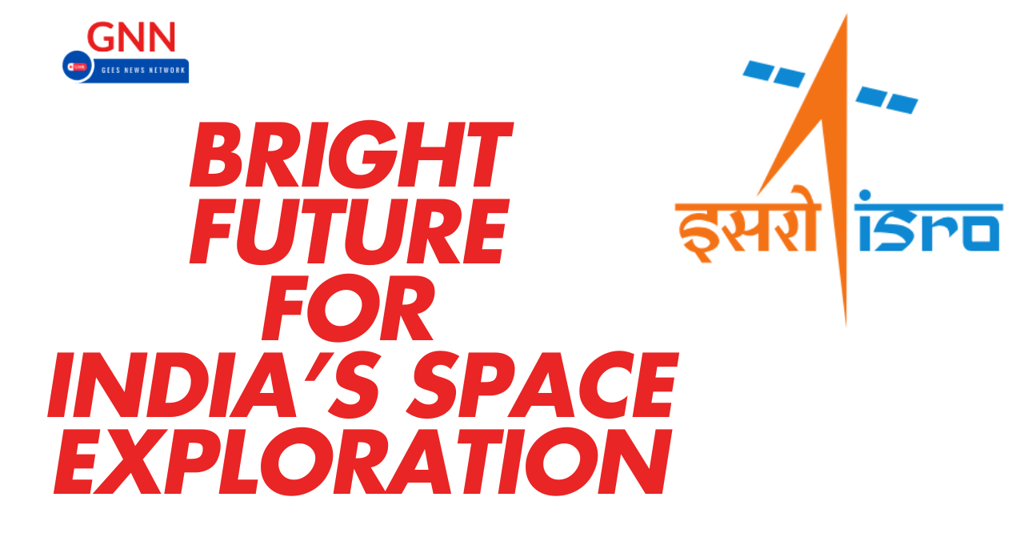A Bright Future for India’s Space Exploration
Blog post description.
INDIA LATEST NEWSINDIA NEWS
12/12/20242 min read


The Indian Space Research Organisation (ISRO) achieved another milestone on November 29, 2024, with the successful sea-level hot test of its CE20 Cryogenic Engine featuring a nozzle area ratio of 100. The test was conducted at the ISRO Propulsion Complex in Mahendragiri, Tamil Nadu, and showcased significant advancements in engine technology and testing procedures.
ISRO’s achievement in testing the CE20 engine in challenging conditions marks a significant step forward in advancing India’s space capabilities. With this milestone, ISRO continues to push the boundaries of innovation, paving the way for more ambitious missions in the years to come.
Overcoming Challenges with Innovative Solutions
Testing a cryogenic engine at sea level is notoriously challenging, especially due to the high-area-ratio nozzle with an exit pressure as low as 50 mbar. One of the primary concerns is flow separation within the nozzle, which can lead to severe vibrations, thermal stress, and potential mechanical damage. To address these challenges, ISRO devised an innovative Nozzle Protection System to conduct the test at sea level.
This breakthrough reduces the complexity and costs associated with conducting tests at the High-Altitude Test (HAT) facility, which has been the standard for CE20 engine acceptance testing.
Multi-Element Igniter Demonstration
The test also validated the multi-element igniter crucial for the engine's restart capability. During the demonstration, only the first igniter element was activated while monitoring the health of the remaining two. This system ensures reliability in restarting the cryogenic engine—a critical feature for advanced space missions.
ISRO has previously demonstrated vacuum ignition of the CE20 engine without nozzle closure in earlier ground tests, reinforcing its technical expertise in cryogenic propulsion.
Key Achievements of the CE20 Cryogenic Engine
The CE20 engine, developed indigenously by ISRO’s Liquid Propulsion Systems Centre, is the powerhouse for the upper stage of the LVM3 launch vehicle.
It has been successfully used in six LVM3 missions to date, delivering exceptional performance.
The engine is capable of operating at a thrust level of 19 tonnes and has been further qualified for:
20 tonnes for the upcoming Gaganyaan mission.
22 tonnes for the future C32 stage, aimed at enhancing the payload capacity of the LVM3 launch vehicle.
A Major Step Forward for India’s Space Program
During the sea-level test, both engine and facility performance were normal, achieving all expected engine parameters. This achievement underscores ISRO’s relentless pursuit of innovation and its commitment to developing cost-effective solutions for complex space challenges.
With the CE20 engine paving the way for future missions, including Gaganyaan and beyond, India’s space exploration capabilities are set to reach new heights


